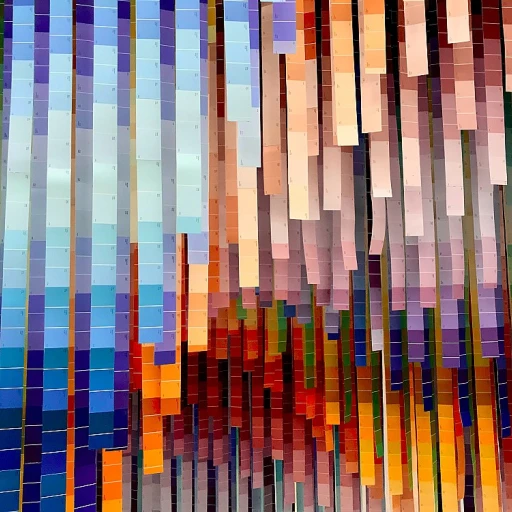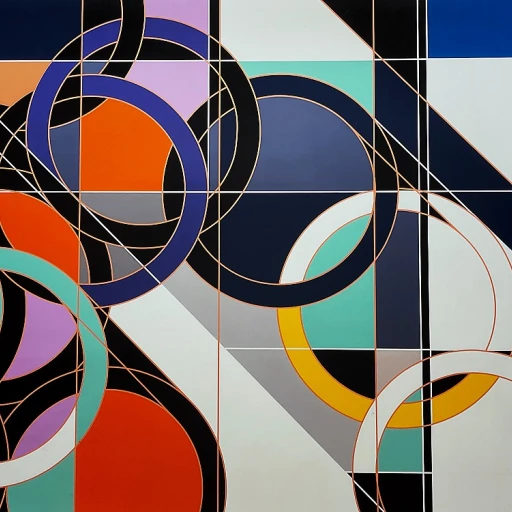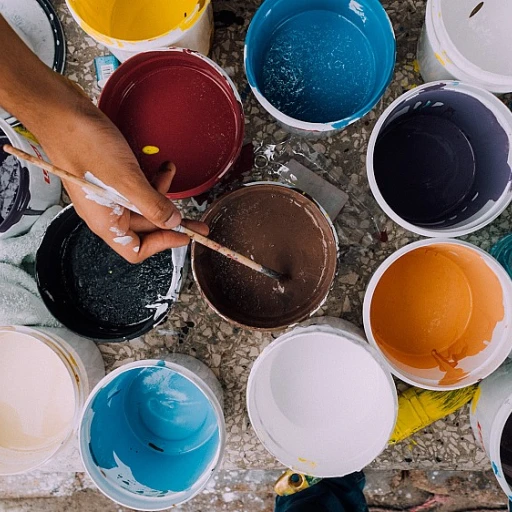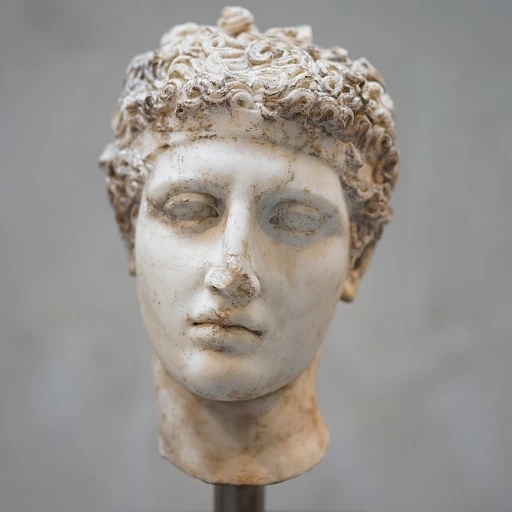Historical Significance and Evolution
The Timeless Journey of Sacred Heart of Jesus Art
The Sacred Heart of Jesus art captures not just the devotion but the historical significance that has unfolded over centuries. This imagery has stemmed from spiritual devotion and has become an iconic representation within Catholic tradition, developing since the Middle Ages. The enduring heart motif, closely associated with Jesus and Mary, is a testament to its profound spiritual and cultural impact.
From its early depiction on canvases in churches to more contemporary options like canvas prints and framed art suitable for any living room, the image of the Sacred Heart has evolved. Originally seen in religious institutions, this divine representation has now found a place on walls as popular religious wall decor. This has allowed art lovers not only to reverence the divine mercy it signifies but also to bring it into their homes as part of their sacred immaculate collection of artwork living pieces.
Many versions of the Sacred Heart art draw inspiration from the visionary experiences reported by historical figures within the Church. Over time, artists have employed various techniques and materials (explored further) to create vivid images and prints that capture the divine essence of Jesus Christ. Each piece reflects an extraordinary level of craftsmanship and offers a unique view of the immaculate hearts of both Jesus and Mary. For those looking to appreciate this historical journey through a decorative or religious lens, the significance of artworks like these is unparalleled.
Our exploration into the elegance of the iconic Académie frame highlights how frames have played an integral role in preserving these captivating pieces over time, enhancing both their visual appeal and historical reverence.
Artistic Techniques and Materials
Exquisite Craft in Religious Masterpieces
The artwork depicting the sacred heart of Jesus has been revered not only for its religious significance but also for the meticulous craftsmanship that goes into its creation. Artists often employ a variety of techniques and materials to portray the divine essence of Jesus Christ, capturing both the viewers' attention and their spiritual imagination. One can marvel at the diverse materials used in producing these pieces. From traditional oil on canvas to more contemporary canvas prints, each option offers its unique appeal. The use of vibrant colors and delicate brushstrokes in canvas art enhances the sacred imagery, while the impeccable detail found in framed art adds a level of sophistication that suits both church settings and living room decor. Modern Catholic art also takes advantage of technology, offering digital prints that retain the original's depth. These prints can be adjusted for different wall options, allowing flexibility in both size and framing. For those seeking bite-sized art solutions, quick view easels and smaller canvas wall hangings provide a way to enjoy religious imagery without dominating the space. Framing is another essential element, enhancing not just the art's value but its aesthetic impact. The immaculate intricacies found within an academie frame can elevate the heart of Jesus artwork into a focal point of any wall decor setup. For more on how the elegance of framing can transform a piece, explore the elegance of the academie frame. Whether selecting art that exemplifies divine mercy, the immaculate heart, or the heart of Mary, the craftsmanship found in these sacred pieces continues to be a testament to the enduring allure and reverence in religious art. With each piece reflecting a unique interpretation of faith, art lovers and devout collectors alike find their investment worthwhile.Symbolism and Spiritual Impact
The Profound Symbology and Spiritual Resonance
The Sacred Heart of Jesus art form is imbued with rich symbolism, holding profound spiritual significance within the religious and artistic communities. At its core, this sacred image represents Jesus Christ's divine love and mercy, an immortal emblem that enshrines his commitment to humanity. Often depicted with a heart encircled by a crown of thorns, these artworks convey the ultimate sacrifice of Christ’s crucifixion. In the Catholic tradition, the heart serves not only as a symbol of Jesus' love but also as a tangible reminder of his empathetic connection to the faithful. It exemplifies the comforting presence of Christ within our lives, often displayed through revered imagery in religious spaces. Whether it’s a canvas wall art in a church setting or a framed art piece within the confines of a living room, the Sacred Heart remains a fixture of devotion that catalyzes spiritual reflection. Furthermore, this motif often appears alongside the Immaculate Heart of Mary, creating a divine dialogue that embellishes the healing power of both hearts united. This duality is a celebrated theme in Catholic artwork, where traditional depictions enhance understanding and connection with spiritual beliefs. Options like prints or canvas art possess the capability of transforming any space into a sanctuary of divine grace. By situating Jesus pictures on walls or reverently placing an image bearing the divine mercy, individuals find solace and spiritual reinforcement in their surroundings. Ultimately, these artworks not only act as religious icons but also as compelling conversation starters that introduce deeper theological and philosophical discussions. Whether viewed through a quick glance or a prolonged gaze, the sacred and immaculate hearts articulate a narrative of love, sacrifice, and salvation. As such, they continue to maintain a revered status in luxury religious art, offering collectors an everlasting testament to the spiritual essence inherent in these magnificent works. These visual narrations, alongside their historical context explored earlier, form a continuum that enhances their prestige and demand.Market Dynamics and Valuation
Understanding the Market Dynamics and the Value Proposition
In the unique universe of sacred heart of Jesus art, market dynamics play a crucial role in determining both the accessibility and the value of these divine pieces. The demand for religious art, particularly items depicting the sacred heart of Jesus and the immaculate heart of Mary, has persisted over centuries, largely driven by the timeless appeal of their spiritual narratives and the intricate craftsmanship involved. One of the most influential factors in determining the valuation of sacred heart artwork is the composition of the piece, which includes the artistic techniques and materials used. Canvas art, for instance, is commonly favored for its durability and the vibrancy it imparts to the overall image. Similarly, framed art brings a sense of order and elegance, transforming wall decor into a narrative centerpiece. Moreover, the influence of Catholic traditions and teachings greatly impacts market trends. Pieces that illustrate the divine mercy or depict Jesus Christ in a blend of abstract and classical styles often resonate profoundly with collectors and religious patrons alike. These framed artworks, whether displayed in a living room or a church setting, are not just wall art options but revered representations of faith. Print options are also a popular aspect of the market, allowing a broader audience to engage with religious artwork. Canvas prints and picture canvas formats make sacred images more accessible while retaining their aesthetic and spiritual essence. Collectors approach the acquisition of sacred heart of Jesus art with an appreciation that goes beyond the physical artwork. There's reverence in collecting these pieces, often influenced by the historical significance and spiritual impact they hold. Such collections can include both iconic representations of the immaculate hearts and modern interpretations suited for contemporary settings. The valuation of these artworks is intricately linked to their provenance, historical importance, and the emotional resonance they inspire. Collectors and art enthusiasts often regard these pieces as a combination of investment and devotion, viewing them as timeless treasures that enrich both the walls they adorn and the hearts they touch.Collectors' Perspectives
Appreciation from Connoisseurs and Devotees
For collectors, the allure of Sacred Heart of Jesus art is deeply tied to their reverence for both its divine and artistic significance. The intricate craftsmanship and historical context make each piece a treasured acquisition. Enthusiasts of this genre appreciate the meticulous detail that goes into the creation of these works, whether it's a framed piece of wall art or a delicate picture on canvas celebrating the heart of Jesus Christ. Collectors are particularly drawn to the immaculate rendering of scenes involving the sacred heart, often featuring Jesus and Mary, or the divine mercy. These elements are not only seen as beautiful, but they also hold a profound spiritual impact, echoing the deep religious beliefs of the collectors. An image of the Immaculate Heart of Mary or Jesus Christ, presented in framed art, becomes more than just decor in a living room; it transforms into a sacred symbol of faith, providing a connection to the divine. Art print options available in this niche often include canvases and large wall prints that fit seamlessly into any collection, allowing for quick view and accessibility. Those engaged in acquiring these pieces often seek works that possess a historical lineage or reflect a contemporary artistic mastery. For many, the devotion is not just a personal journey but a historical and cultural one. The legacy of sacred artwork serves as a tangible connection to the past's spiritual traditions, as well as a bridge to personal faith expressions today. Through supporting, amassing, and displaying such artworks, collectors become custodians of these revered images, ensuring the ongoing order of this impactful religious art form. The drive to collect is often fueled by a desire to preserve and honor the immaculate hearts depicted across various mediums. Be it canvas art that graces the walls of a Catholic church or prints that offer a view into the divine, these artworks continue to captivate the hearts of their audiences, cementing their importance in both religious and art communities alike.Future Trends in Luxury Religious Art
Emerging Trends in Luxury Religious Art
As we look towards the future of luxury religious art, particularly pieces depicting the Sacred Heart of Jesus, several trends are beginning to shape the market and the art itself. These trends reflect both evolving artistic practices and the changing tastes of collectors and enthusiasts.
One of the most notable trends is the increasing use of mixed media and digital techniques. Artists are experimenting with combining traditional materials like canvas and paint with digital prints, creating unique canvas art that blends the old with the new. This fusion not only attracts a younger audience but also adds a modern twist to classic religious imagery.
Moreover, there is a growing demand for customizable and versatile wall decor options. Collectors are seeking pieces that can fit seamlessly into various settings, from a living room to a private chapel. This demand is driving artists to create adaptable framed art and canvas wall pieces that offer a quick view of sacred themes, such as the divine mercy or the immaculate heart.
The symbolic depth and spiritual resonance of these artworks continue to hold significant appeal. Collectors are increasingly drawn to pieces that not only depict the heart of Jesus and the immaculate hearts of Jesus and Mary but also convey a deeper spiritual message. This trend is reflected in the rising popularity of wall art that captures the essence of religious devotion and offers a visual meditation on themes like the sacred heart and heart Mary.
Finally, the market dynamics discussed earlier highlight a shift towards more sustainable and ethically sourced materials. Artists and collectors alike are becoming more conscious of the environmental and social impact of their choices, leading to a preference for art that aligns with these values.
In conclusion, the future of luxury religious art is bright, with innovative techniques and thoughtful curation driving its evolution. As artists continue to explore new mediums and collectors seek meaningful connections through art, the sacred and divine will remain at the heart of this timeless genre.

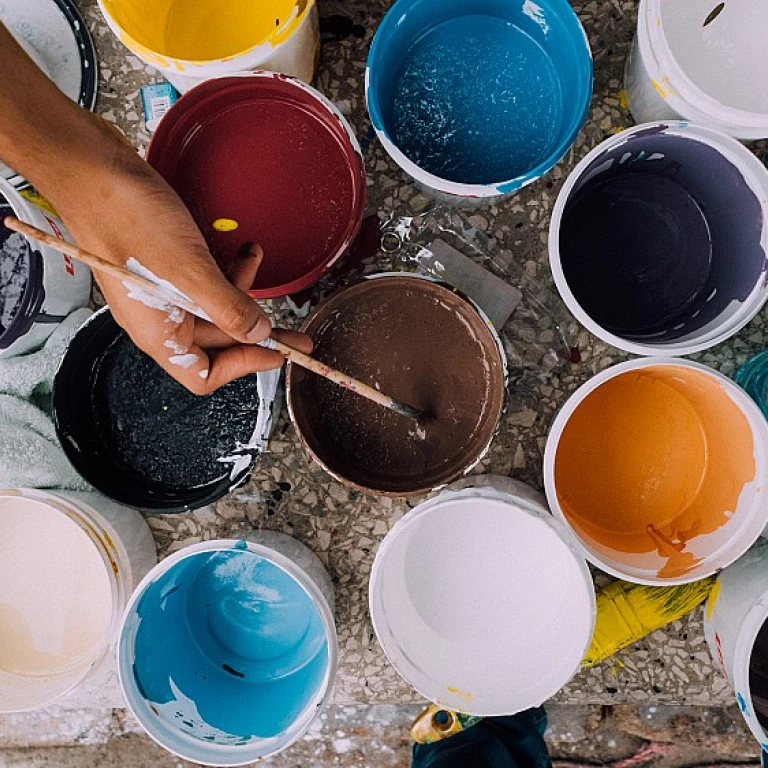
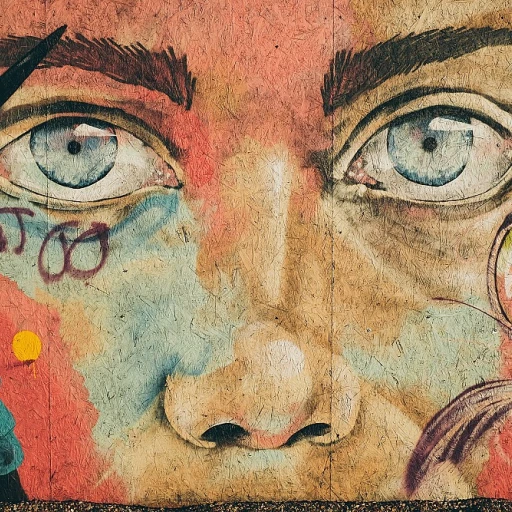
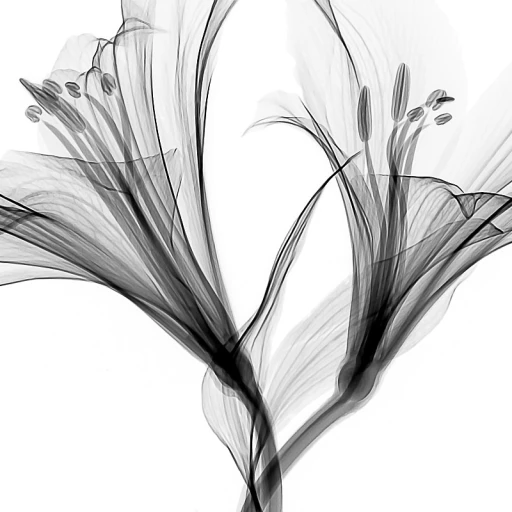
-teaser.webp)
